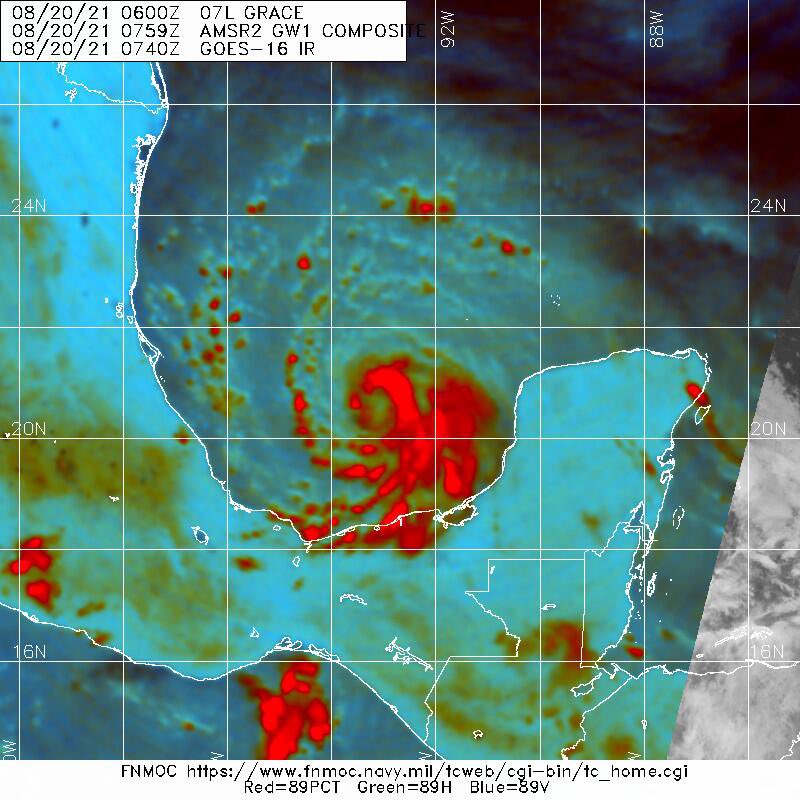The persistent & very cold cloud tops in #Henri is actually a dubious sign and bad news. In fact, #Henri may have been plagued with such pattern and have halted intensification. 1/n
The Dvorak TC analysis technique may refer to such phenomenon as the development of a "Central Cold Cover", or CCC. It's characterized by persistent and enormously large cirrus canopy coverage with no well-defined curved bands or eye appearance.
My personal understanding: CCC is usually linked with large vertical wind shear. Think about a gigantic MCS over the ocean - that's a steadily tilted TC in strong shear, moving slowly over warm waters, with all asymmetric convection locked in space. #Henri is in 20+ kt of shear. 



Operational guidance and previous literature suggest the CCC pattern in TC as a sign of hindered development. No significant deepening should take place until such "morbid" configuration dissipate; after which, a "real" core would establish from scratch → doi.org/10.1175/1520-0…
I have saved a "classic" visible satellite loop of the epic CCC in Typhoon Kammuri, 2019. Despite the impressively deceptive cirrus canopy and all nice overshooting convection, the actual TC center was located at the eastern edge of the blob →
atmos.albany.edu/student/mzhou/…
(@CIRA_CSU)
atmos.albany.edu/student/mzhou/…
(@CIRA_CSU)

In short, #Henri should have NOT strengthened much overnight and this giant blob of cold cloud top must dissipate before the "real" intensification taking place later today. Let's see how that prediction unfolds as @53rdWRS is en route to sample the storm. ✍️ 

Update: the morning recon confirmed #Henri to be still in a hot mess. Little efficiency in building up inner-core winds despite deep deep convection, with a mediocre central pressure around 1000 hPa. 

Microwave scan earlier today confirmed #Henri's low-level curvature center to be exposed outside the very strong convection. 



The deceptively strong Central Cold Cover (CCC) in #Henri continues to occupy a large area roughly 2*2 lat/lon despite the upcoming diurnal minimum. However,…
… the visible satellite imagery unapologetically exposed that #Henri's low-level cloud lines are misaligned with the strongest convection, which has been sheared to the SE. The IR patterns are thus less useful in such case.
https://twitter.com/WxTca/status/1428728466623582216
• • •
Missing some Tweet in this thread? You can try to
force a refresh



















